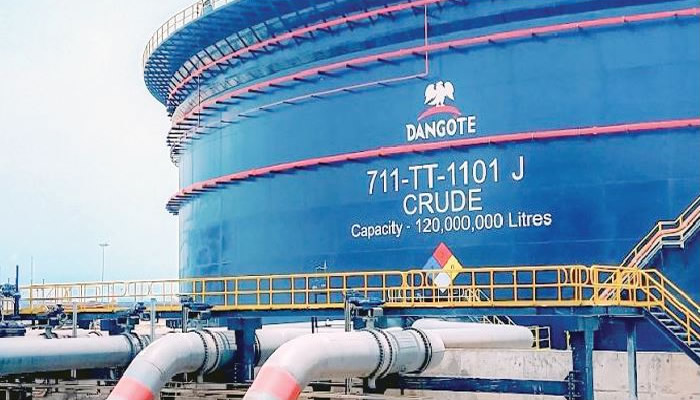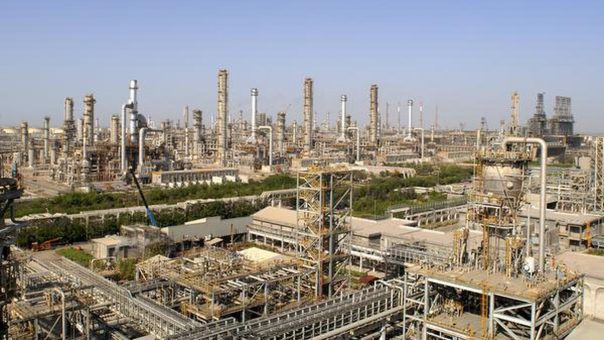By Cyril Widdershoven
After a hectic week of unofficial meetings between OPEC members in Vienna, largely in and around the Hofburg, the former residency of the Austrian Emperor Franz Jozef and his wife Sisi, an official production increase agreement has finally been reached.
In the official OPEC communique, the oil cartel stated that overall production will be increased by 1 million bpd. In reality, this will mean that around 600,000 bpd will be added to the market. Still, the communique is rather vague. No real timelines have been stated while specific production levels of countries also remain a mystery. Taking into account the diplomatic frenzy witnessed in the last hours of the Vienna meeting which was preceded by immense controversies the days before, the current OPEC agreement should not be taken at face value.
One question remains: OPEC will still need to discuss with Russia on Saturday if they can reach a ROPEC agreement, keeping the OPEC – non-OPEC agreement in place. Without a positive result, the market is still looking at increased levels of instability.
Ahead of the meeting, overall optimism was low as key players such as Iran, Venezuela and Iraq have been venting their opposition to any possible production increase. Internal OPEC pressure on the Iran-led block seems to have worked. On Wednesday and Thursday, a full confrontation between Iran and Saudi Arabia seemed the only solution, especially when looking at the faces of Iran’s minister of oil Zanganeh or Iran’s OPEC governor Ardebili. Though OPEC enjoyed a moment of relief, dark clouds are still on the horizon. An internal crisis is becoming increasingly more plausable as the Iran and Saudi Arabia dispute intensifies.
Related: What Will Follow The Age Of Oil?
Looking at the current market fundamentals, a real flooding of the market is unnecessary. Even now, overall oil storage levels have reached the targeted 5-year average, worldwide there is still a lot of crude in storage or floating around. In contrast to what some headlines suggest, there’s no such a thing as an imminent supply crisis.
In the longer term, more oil is needed on the market. Demand is still robust, while supply is hardly able to keep volumes at the needed levels. ROPEC’s production agreement has arugably been too successful. Most financial analysts never would have expected that a Russia-Saudi (OPEC) cooperation agreement would be reforming the market with such a vengeance. Success levels, howeve,r have become so high, largely due to high compliance of Saudi Arabia, Russia and the UAE that a possible shortage is looming at the end of the tunnel.
At the same time, geopolitical issues are omnipresent in oil markets. The implosion of Venezuela and the lack of progress in Iraq and Libya have already gotten rid of the targeted volumes in the long term. U.S. President Trump, even though he blames OPEC for pushing up the oil prices, has been another major cause for lower supplies as he effectively eliminated the possibility of enhanced supply from Iran.
With more than 2 million bpd of crude oil production out or being threatened in the coming months, the cartel had no other option than to boost production. To quell a possible price hike, more oil was needed on the market, at least according to Western analysts and politicians. Trump and his Indian counterparts upped the ante by openly accusing OPEC members of putting economic growth at risk.
This theme was overlooked by most media sources. No OPEC deal would mean higher prices, MSM stated. No analysis of market fundamentals could convince them to change their own story line. Looking at current price developments, just after the OPEC declaration, they were all wrong. Even with higher volumes, demand and supply is still out of sync and oil prices are likely heading to around $80 per barrel, looking at just a small reason to break through with a vengeance.
The current oil market is facing an uphill battle. Lack of investment in upstream, and growing constraints in production and transport infrastructure are beginning to take their toll. Taking for granted that Saudi Arabia or Russia could open up the taps to flood the market is an idea fix. Neither are able to be the swing producer at present as local infrastructure and field production issues are capping any meaningful surge in production.
The same goes for U.S. shale oil, as production is not able to even reach U.S. markets due to lack of pipeline infrastructure or railways. The call on ROPEC production which could be lacking substance for years. This situation could be mitigated by non-OPEC countries, but there is an immense gap in investment and environmental constraints.
Some relief for consumers worldwide could strangely enough come from the same culprit that has caused the current shortage, the U.S.
By pushing for sanctions on Iran and Venezuela, Washington has caused large volumes to disappear from the market. Pushing for higher production volumes while causing the shortages could be seen as a hypocrite move. Critics should however also acknowledge that Trump’s ongoing trade war with China and others could be a blessing in disguise for oil consumers. A possible lower economic growth, and potentially lower oil demand in China and India, will dampen some of the upward price potential at present. Without a trade war prices really will be shooting through the roof. Whatever OPEC states at present, a real relief will not come from this agreement. Cosmetics are in place, paper barrels will again not materialize as volumes are not available.
The internal conflict simmering as a bush fire inside of OPEC between Iran and Saudi Arabia will become a fire storm soon. Saudi pressure on Tehran to comply with this cosmetic OPEC agreement might backfire.
If Saudi Arabia, the UAE and Russia are seizing Iranian market share the coming months, don’t expect Iran to stay idle. The Vienna meeting showed that both sides just have decided to wait for another opportunity to deal with these issues in full.
Source: Oilprice.com








